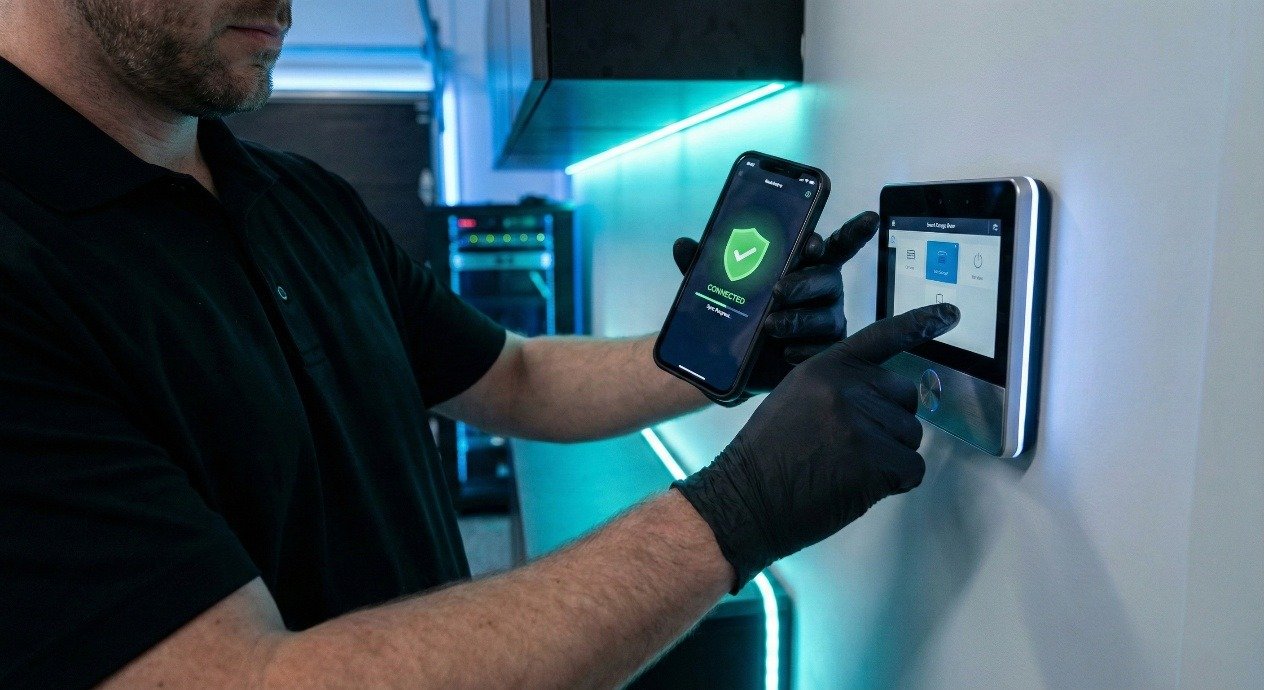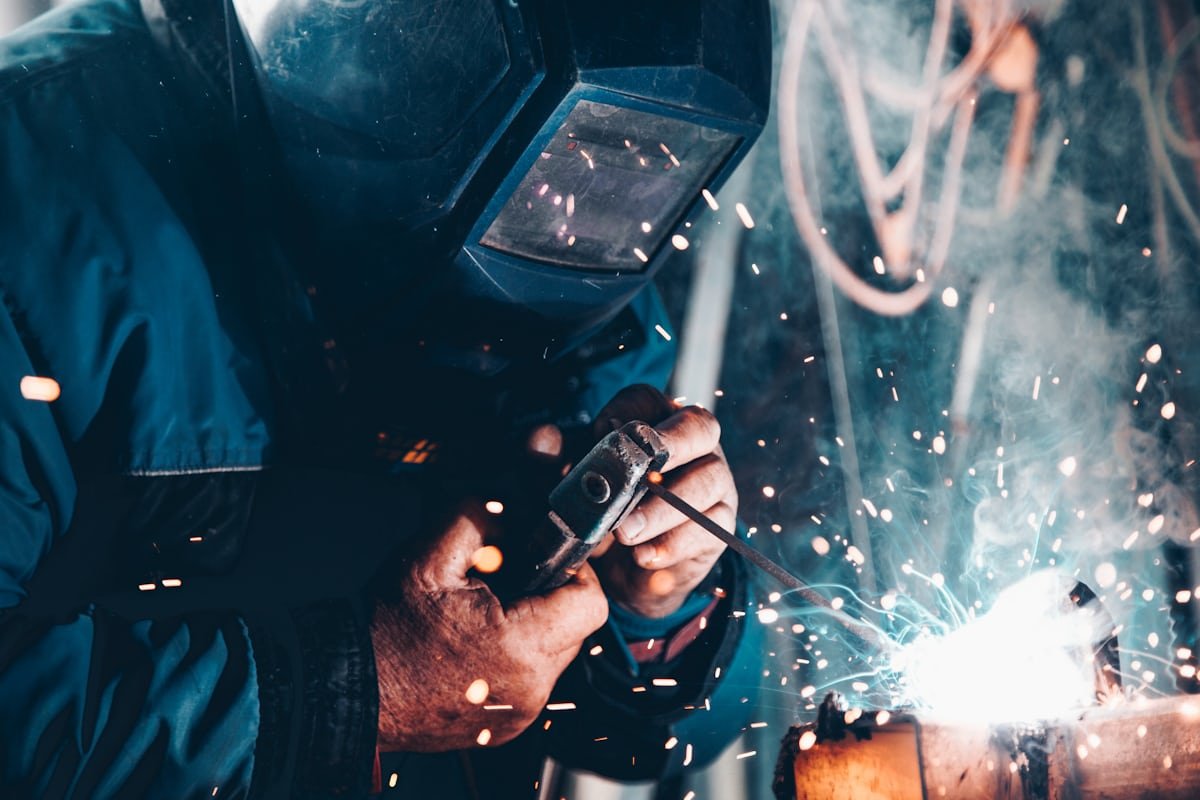For every audio enthusiast, there’s a thrill in crafting something with your own hands—especially when it comes to building your sound system. Among the most exciting DIY ventures is creating your very own power amplifier. Whether you’re looking to upgrade your home audio setup or want to experiment with custom sound, doing a DIY power amp project can be both fun and rewarding.
In this post, we’ll explore the basics of power amps, why DIY is the way to go, and how to get started on your project.
Why Build Your Own Power Amplifier?
At its core, a power amplifier takes a small audio signal and amplifies it so that it drives your speakers with enough oomph to make your favourite music or movie soundtracks loud, clear, and immersive. But why DIY?
Customization: You can customize your audio power amplifier to fit the exact needs in both wattage output and preferred sound type.
Cost-Effectiveness: There are many expensive store-bought powered amps out there, especially the good ones. Trying a do-it-yourself approach can be a little more affordable but still yield fantastic results.
Learning Experience: The actual process of building your own power amp really helps drive home your understanding of audio electronics. Plus, it is just incredibly satisfying to hear sound pounding through something you have actually built.
Understanding Power Amplifiers
Before jumping into a project, it’s good to understand the basic components of a power amplifier:
Input Stage: This is where the weak audio signal enters the amp.
Voltage Amplification Stage: This section boosts the signal’s voltage to prepare it for the next stage.
Output Stage: Here’s where the magic happens. This stage provides the current needed to drive the speakers.
Power Supply: A stable power source is a part of ensuring that your audio power amplifier performs consistently.
Understand these steps, and you’ll be able to debug and optimize your design.
The Right DIY Power Amp Project Choosing
Choose a project that fits your level of skill, how much of your budget you have set aside, and what type of sound system you will make. Here are three common types of power amplifiers you can make:
1. Class A Amplifier
Class A amps boast excellent sound quality with very low distortion. They are cherished by audiophiles, although they are quite inefficient in terms of power; hence, this is good for only a small setup.
2. Class AB Amplifier
A popular choice for many setups, Class AB amplifiers strike a balance between the sound quality of Class A and the efficiency of Class B. These amps reduce the inefficiency of Class A while maintaining relatively low distortion, making them versatile and suitable for both home and professional audio systems.
3. Class D Amplifier
For efficiency and compact design, Class D amps are the way to go. These amplifiers are lightweight, require less power, and would work great with a portable system.
4. Tube Amplifier
For that warm, vintage sound, nothing beats a tube amp. While they can be a bit more challenging to build and require specific components, the end result is well worth it for those who love retro vibes.
Tools and Components You’ll Need
To build your own powered amp, you’ll need a few essentials:
Circuit Board: The heart of your project. You can either buy one that is already designed or make one if you’re adventurous.
Transistors or Tubes: Depending on whether you are building a solid-state, tube, or hybrid amplifier.
Resistors, Capacitors, and Inductors: These will control current and voltage within your circuit.
Heat Sink: To dissipate heat produced by your power amplifier in normal operation.
Power Supply Unit: A good PSU ensures that equipment performance is not degraded.
Soldering Kit: This is for attaching components together on your circuit board.
Multimeter: To check and ensure all connections are properly working.
How to Make Your DIY Power Amplifier
Choose a Circuit Design: Look for schematics online or in DIY audio forums.
Gather Your Components: Get good-quality parts for better sound and longer life.
Assemble the Circuit Board: Follow the schematic carefully. Double-check connections to avoid mishaps.
Install the Heat Sink and Enclosure: Protect your components and prevent overheating.
Test and Tweak: Before hooking up to your main speakers, test with smaller drivers to make sure all is working perfectly.
Wrapping It Up
Building your own powered amp is rewarding because you get to tailor your sound system while gaining hands-on experience in audio electronics. With the right tools, some patience, and a bit of curiosity, you can have a top-notch audio power amplifier without necessarily breaking the bank.
So whether you’re a seasoned audiophile or a curious newcomer, take a chance on DIY. Who knows, you might just end up with a one-of-a-kind power amplifier that’s able to go toe-to-toe with the best on the market—for a fraction of the price of a power amplifier!





